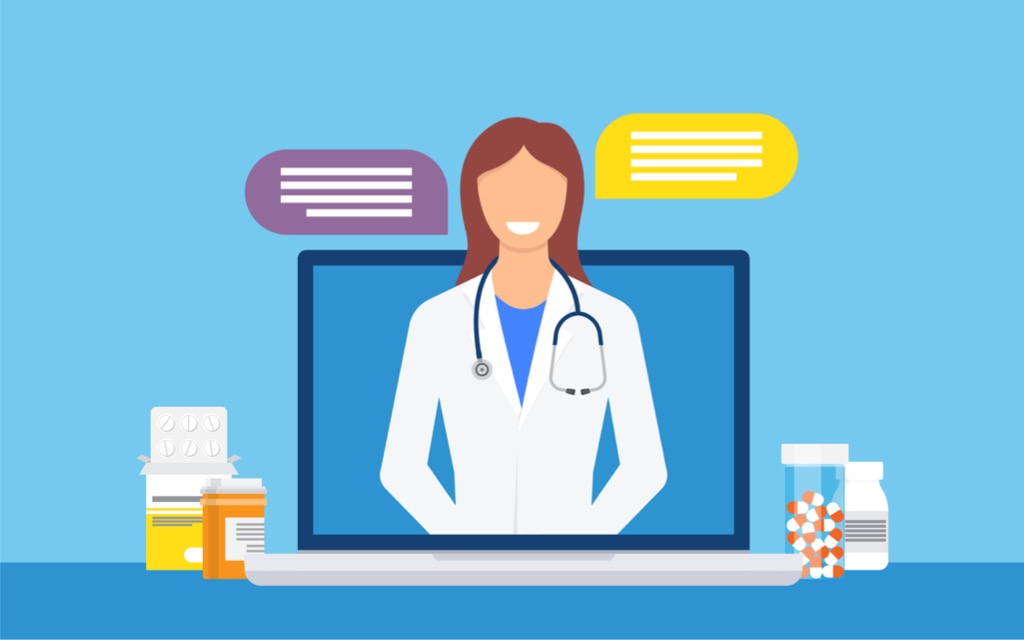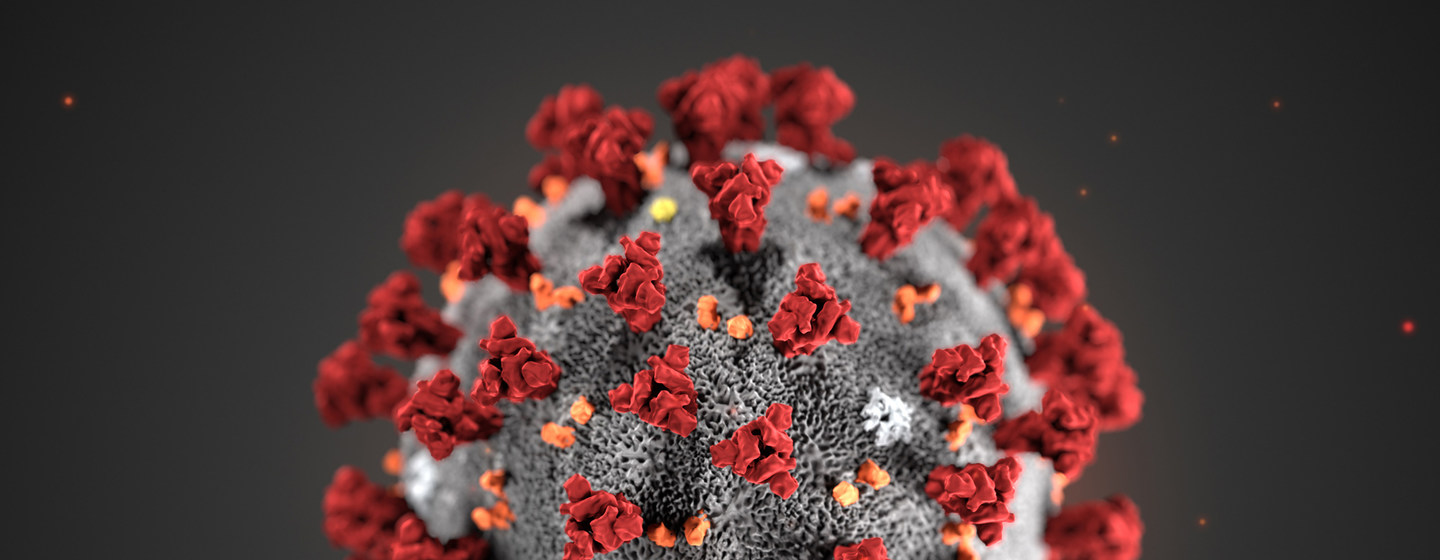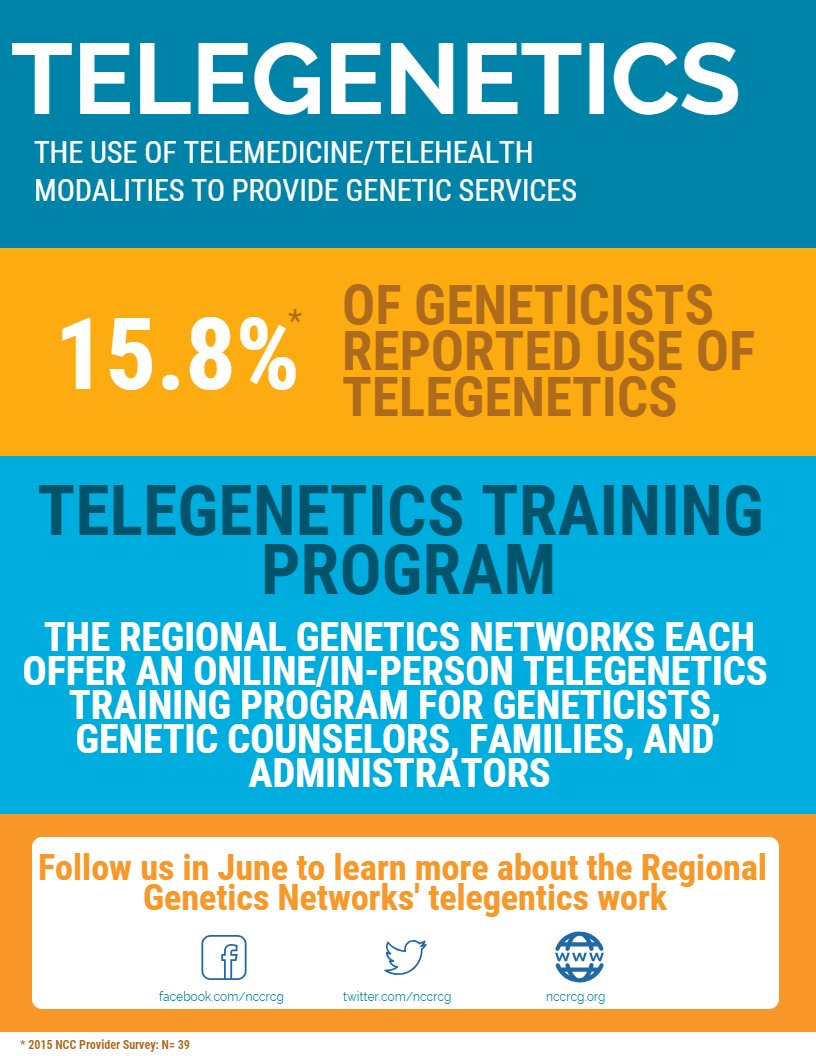
In this article we take a closer look at the technology and the practicalities of implementing telemedicine to create a telegenetics service. The Covid-19 pandemic has lead to a surge in demand for telemedicine across the healthcare sector as greater number of people are either unable or unwilling to attend physical clinic appointments. Allysa Ware, the Program Manager at Family Voices, explained that the uptake of telegenetics had previously been slow in part due to the lack of awareness of this option among patients. As the barriers to the adoption of telegenetics get knocked down, we can start to shift our focus on the practical considerations of deploying telemedicine technology.
Telemedicine technologies used in genetics.
The Wadsworth Center is home to a science-based community that are dedicating to enhancing the health and wellbeing of New Yorkers. Much of the work at Wadsworth is laboratory and research based, but they have also developed guidance for the use of technology in telegenetics. The first technology that comes to mind when people think of telemedicine is frequently video conferencing; while this is a fundamental component of telemedicine, it is by no means the only technological component.
The guidelines produced by the Wadsworth Center also considers the use of telemedicine carts, HIPAA compliance software, peripheral devices and remote monitoring kits that can be used to collect data. Telemedicine carts are relatively expensive all-in-one systems that are developed by vendors to meet the needs of particular medical services. They are used in medical facilities and community hospitals where the patient must still visit and can be connected to the specialist consultant; healthcare professionals are still required to operate the cart and can use peripheral devices to take measures and perform tests.
Offer a secure telegenetics service.
HIPAA compliant software is also required to store the patient’s Electronic Health Record and other information relating to the patient referral. Hospitals have well established Patient Administration Systems but, in the case of telegenetics, the ability to capture data relating to the whole family (multiple individuals and their relationships) is required.
It is likely that video conferencing software providers will increasing seek to achieve HIPAA compliance so that they can offer their services in the telemedicine space. The coronavirus pandemic also lead to a large increase in the number of people using Zoom for both professional and personal use; this was quickly followed by people taking advantage of it’s underdeveloped security protocols and gate crashing video calls, which became known as Zoombombing.
In the case of telegenetics, it is likely that the service can be delivered with the correct mix of video conferencing, patient record software and the ability to be able to test samples through medical centres / community hospitals that are local to the patient. This increases the scope for patients to be able to access telegenetics from home, only needing to go to a medical facility to provide samples, such as blood samples.
Telegenetics doesn’t make administration harder.
It was highlighted in a Genetics Alliance webinar in response to the Covid-19 pandemic, the John Hopkins University converted just over 50% of its genetics appointments to telegenetics appointments. Professor Joann Bodurtha at John Hopkins noted that in their experience, office processes did not change significantly with the increase in telegenetics appointments. This is positive news for genetics services that are contemplating the deployment of telemedicine software, providing reassurance that the change might not be as radical or as anticipated.
The key to the successful use of telemedicine technologies to deliver a telegenetics service lies in careful planning to establish the goals of the project and to select the correct vendors and technology partners. Careful consideration should also be getting to the setting in which the service will be offered. As telemedicine continues to gain traction, we will be keenly looking at the experiences of genetics services and how successful their implementations were.





